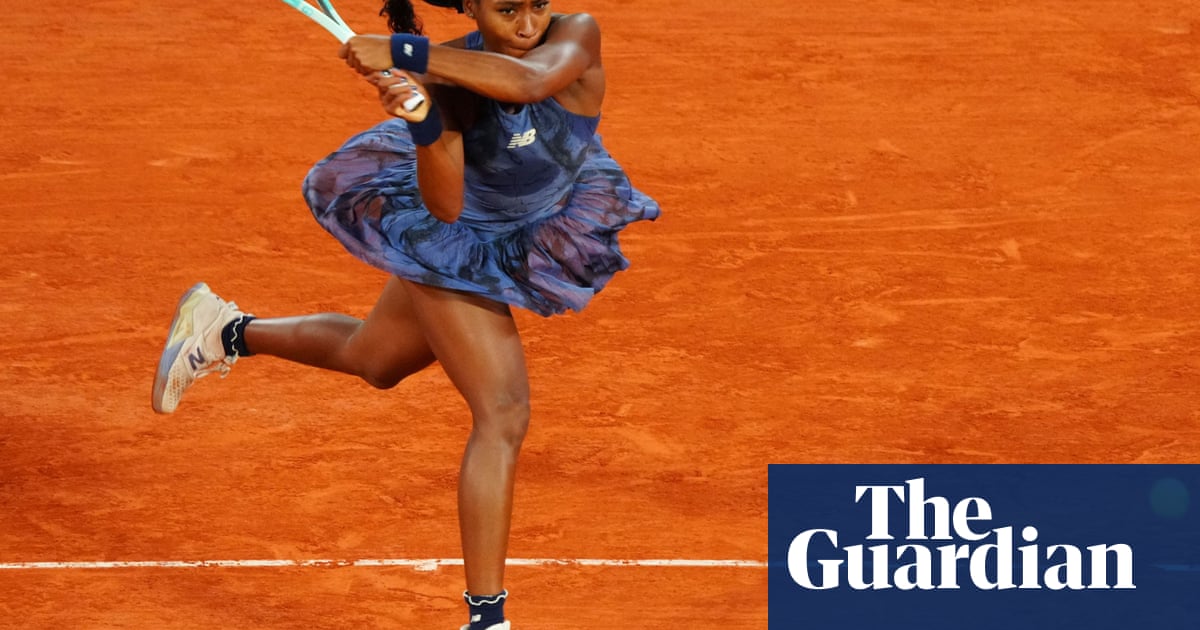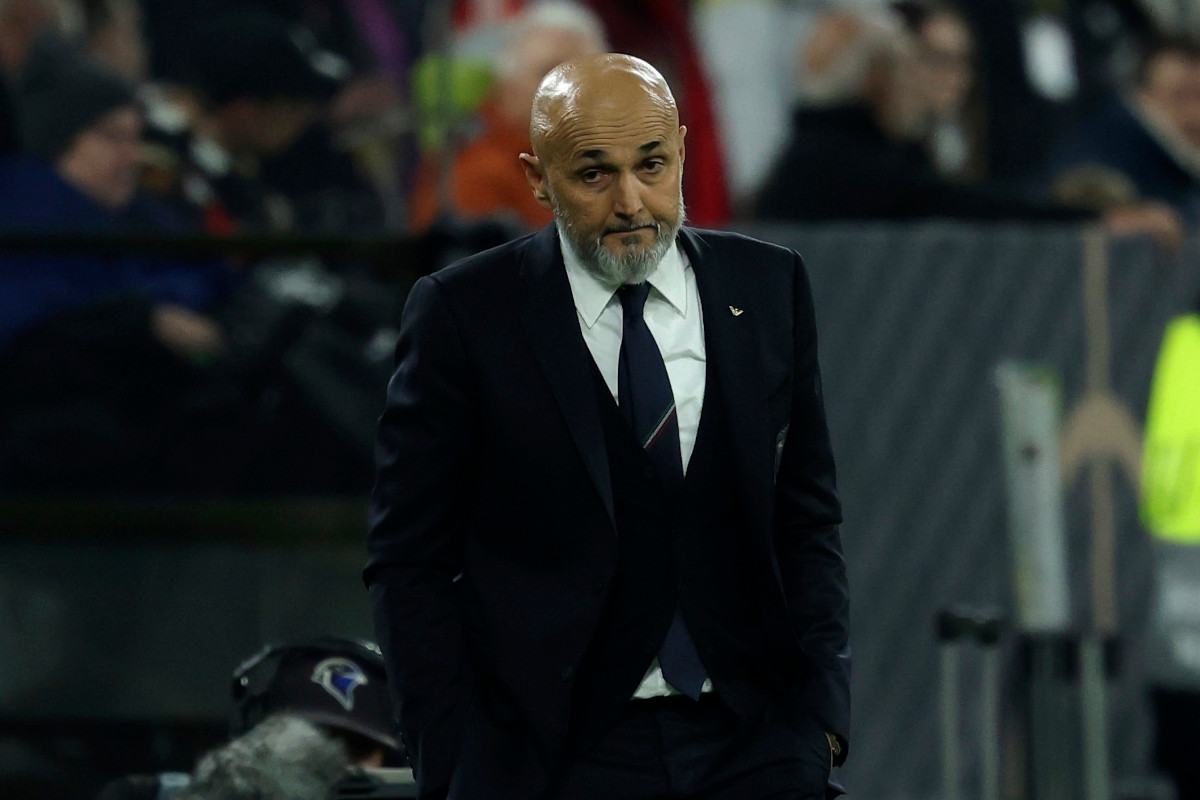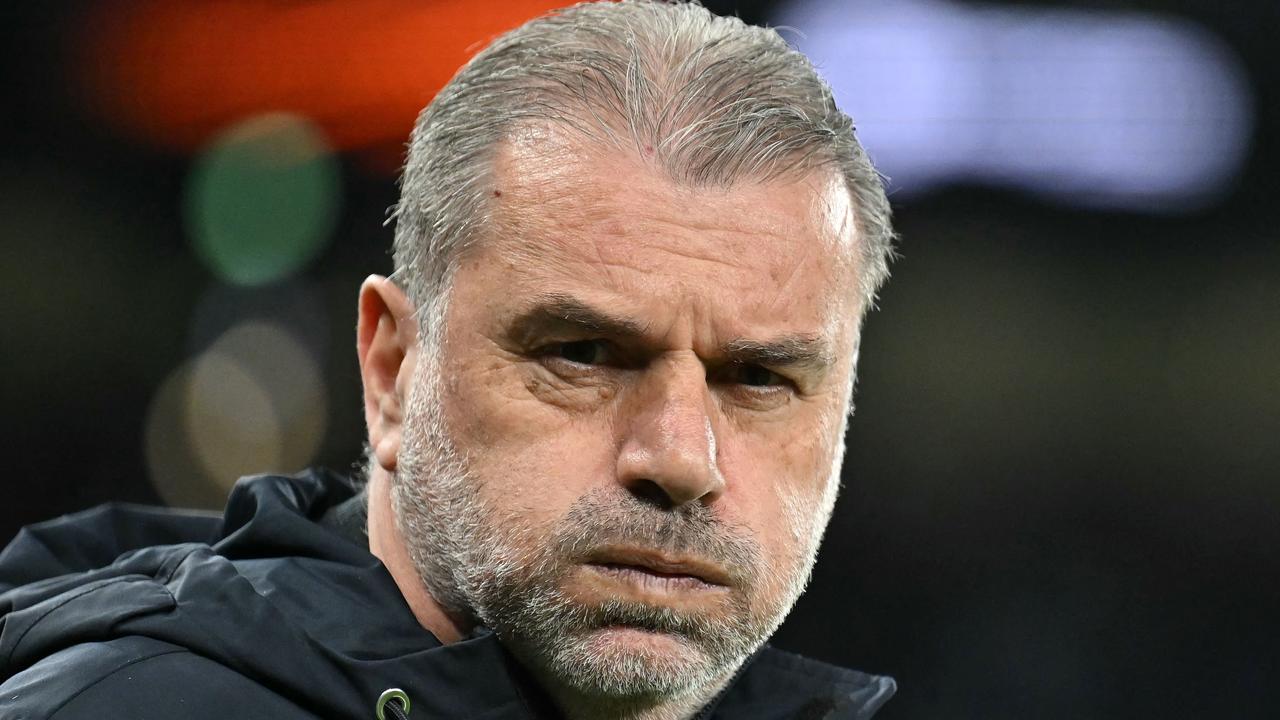Still seeing it, still calling it: Roland Garros preserves the art of the human line call

As the other Grand Slams embrace automation, the French Open remains rooted in a more tactile, time-honored version of the game.In the third set of her fourth-round match, serving at 4-4, Elena Rybakina faced a break point. When her second serve was called out, Iga Swiatek began the walk to her changeover chair, thinking she’d be serving for the match.But chair umpire Kader Nouni, unsure of the line judge’s call, scrambled down from his seat and scrutinized the mark. He (correctly, as it turned out) determined that the ball had clipped the service line and Rybakina was awarded a first serve -- and rallied from 15-40 down to take the lead Swiatek thought was hers.“I wasn’t overthinking it,” Swiatek said later. “When I came close, yeah, the ball seemed like it touched the line. Elena, I don’t think she asked for the umpire’s opinion, but he obviously needs to check if he has doubts.“So for sure I felt like it’s over a little bit, but on the other hand, I just refocused immediately. It wasn’t such a big deal for me. It was more just a situation, and it passed, and I was ready for another ball anyway.”Swiatek won 12 of the last 15 points to advance to the quarterfinals at Roland Garros, keeping alive her quest for a fourth consecutive title. But the “situation” focused attention on The French Tennis Federation’s resistance to electronic line calling (ELC) and the decision to employ conventional line judges.The Australian Open turned to ELC in 2021 and the US Open followed a year later. With Wimbledon, the epitome of tennis history, set to pivot to ELC later this month, the French Open is the last Grand Slam holdout. The new technology is now required at all ATP Tour events, including clay, the only surface where the ball always leaves a visible mark.“For Roland Garros, we want to keep our linesmen as long as the players agree with that,” said FFT President Gilles Moretton.But how long will that be? The majority of the players, despite occasional, high-profile, in-match objections, seem to side with technology.“I don’t know if it’s like Gen Z in me, but I think if we have the technology we should use it,” Coco Gauff said. “Obviously umpires are great. These small details in the match can matter in the grand scheme of things.“But I respect the tournament’s decision, and I respect the fact that they still have line umpires. I’m not going to be out here advocating and pushing for it. But yeah, if I had a preference I would choose to play on the court maybe where the robots are making the decisions.”Getty ImagesBut, of course, there are misgivings, too. Resisting technology -- embracing the status quo -- is a natural impulse. It’s what we’re used to. It’s why people of a certain age prefer newspapers to reading online, or old-fashioned CDs (in extreme cases, even vinyl records) to streaming music.ELC, in theory, allows for the depth of the layer of clay on the court and the speed and trajectory of the ball on impact. Still, there are questions.Back in April, World No. 1 Aryna Sabalenka fought technology … with technology.It was 3-3 against Elise Mertens at the Porsche Tennis Grand Prix in Stuttgart, when her volley was called out by ELC, giving the game to Mertens. Sabalenka objected, prompting chair umpire Miriam Bley to inspect the mark. She confirmed the call, but during the changeover, Sabalenka grabbed a phone supplied by her team, walked over to the mark and snapped a photo.The crowd was divided between whistles and cheers, but Bley hit Sabalenka with a code violation for unsportsmanlike conduct.Later, after winning nine of the last 10 games, Sabalenka insisted the ball was in.“We all making mistakes, and it’s OK,” Sabalenka explained later. “Right now I prefer the Hawk-Eye system. I trust it more with most of the referees.”Getty ImagesAt the Mutua Madrid Open, Alexander Zverev made headlines by taking a photo of a mark from Alejandro Davidovich Fokina that ELC called in, but he thought was out.There was another collision between man and machine in the fourth round when Zheng Qinwen, serving at 4-2 in the third set, hit an apparent ace to get to deuce with Liudmila Samsonova. There was no objection from ELC, but chair umpire Pierre Bacchi studied the mark before calling it out. The double fault gave Samsonova the game and, temporarily, the match was back on serve.Mirra Andreeva was serving for the match in her Round of 16 match against Yuliia Starodubtseva when a massive power outage shook Madrid. The chair umpire agreed to call the lines and Andreeva dug out of a 15-40 hole to win the match.While Andreeva appreciated the intervention, she prefers electronic line calling.“It’s kind of what the system says, you just go with it, and you cannot really argue with that,” Andreeva said. “It’s just easier for me to not to pay attention if the call is right or wrong.”Madison Keys, the Australian Open champion, has mixed feelings.“I think it’s great in some ways because it takes kind of the arguing out of it,” she said. “I also know that electronic line calling has a margin for error. I think it gets a little bit tricky when you’re staring at a mark that's clearly out, but the board is saying that it’s touching.“I don’t know where I stand on it quite yet.”With only a few matches left at Roland Garros, we might well be seeing the end of an era.“I don’t know,” Sabalenka said. “I had situation with the referee in Stuttgart, and also there was tricky calls with the Hawk-Eye system in Rome. I guess there is some, like, old school why having the referees and calling the referee to check the mark. I think that’s something which brings like in old days, which is cool, probably.“Honestly, I’m really confused with my opinion.”












